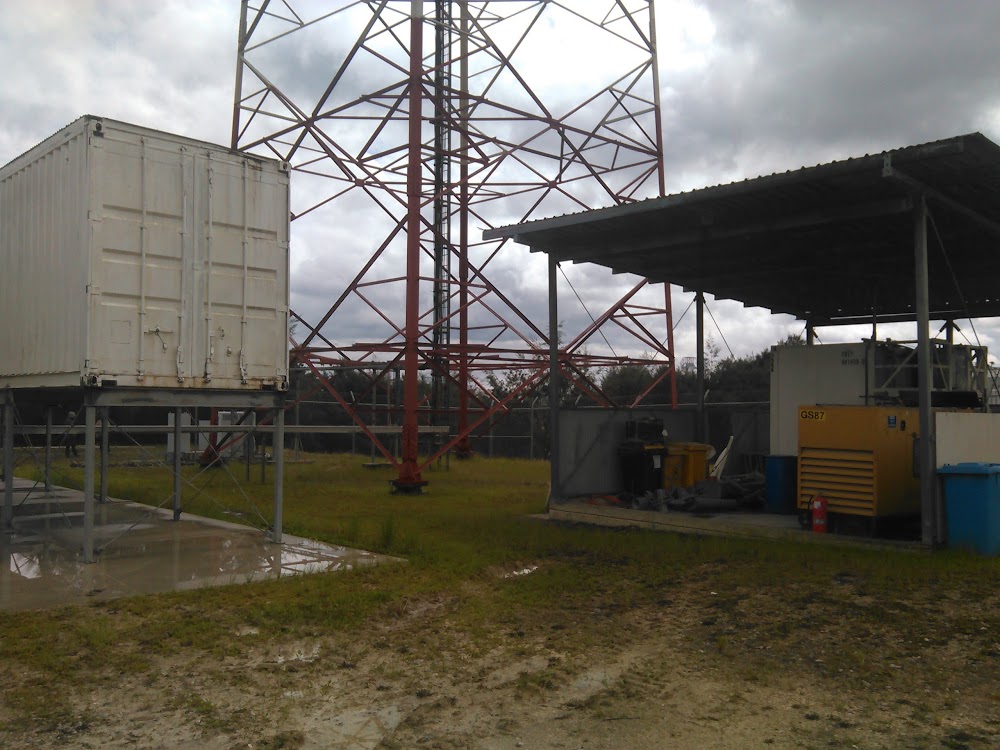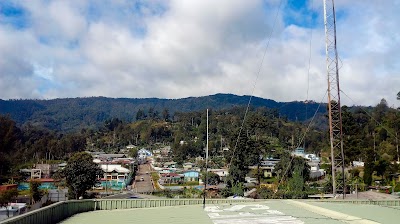Hides Gas Field (Hides Gas Field)
Overview
The **Hides Gas Conditioning Plant** is a vital component of the Hides Gas Field, nestled in the rugged landscape of **Hela Province**, Papua New Guinea. This facility plays a pivotal role in the nation’s energy production by conditioning natural gas extracted from the field, preparing it for further processing and transportation.
The inception of the Hides Gas Conditioning Plant dates back to the early 2000s, when the discovery of substantial natural gas reserves in the Hides region captured the attention of global energy companies. This potential led to collaboration primarily spearheaded by **ExxonMobil PNG Limited**, alongside **Oil Search Limited** and various stakeholders. A series of intricate agreements and negotiations with the **Papua New Guinean government** and local communities set the stage for the project’s launch.
Construction commenced in 2010, confronting numerous challenges due to the remote location. The mountainous terrain and unpredictable weather presented significant logistical hurdles that required innovative solutions for transporting materials and personnel. Helicopters played a crucial role in this endeavor, along with the construction of access roads through dense jungles to facilitate the movement of resources.
A highlight of the plant's construction was the application of **advanced engineering techniques**. Utilizing modular construction methods, many components were built off-site and transported to Hela Province for assembly. This strategy not only reduced on-site construction time but also ensured higher precision and quality control in the plant's components.
The Hides Gas Conditioning Plant is equipped with state-of-the-art facilities designed for processing natural gas. It features sophisticated equipment for dehydration, compression, and cooling of the gas. Rigorous safety measures and environmental controls are in place to adhere to international standards, minimizing the operational impact on the surrounding environment.
The commissioning of the plant in **2014** marked a significant milestone, as it began conditioning gas transported via pipelines to the **PNG LNG liquefaction plant** near Port Moresby for global export. This project has positioned Papua New Guinea as a key player in the international **LNG market**, fostering economic growth and generating vital revenues for the country.
Beyond economic advancement, the establishment and operation of the Hides Gas Conditioning Plant have also focused on social responsibility. Initiatives aimed at training and employing the local workforce have contributed positively to the regional economy. Furthermore, community development projects have been launched to enhance infrastructure and living conditions in nearby villages, fostering a harmonious relationship between project developers and local communities.
Safety remains a top priority at the Hides Gas Conditioning Plant. Comprehensive safety protocols and regular training for the workforce are mandatory. The use of advanced monitoring technologies enables the detection of anomalies, ensuring prompt responses to any potential issues.
Operational efficiency is a continual focus, with ongoing improvements and maintenance ensuring the plant’s smooth and reliable operation. This commitment to excellence guarantees a consistent supply of conditioned gas for export, thereby maintaining the project's profitability and sustainability.
In summary, the **Hides Gas Conditioning Plant** exemplifies modern engineering, multinational collaboration, and the effective harnessing of natural resources to spur economic development. It not only significantly boosts Papua New Guinea's economy but also demonstrates the capability to surmount substantial logistical and environmental challenges. The plant’s ongoing operations continue to provide energy to the world, solidifying its status as a cornerstone of the country’s industrial infrastructure.





